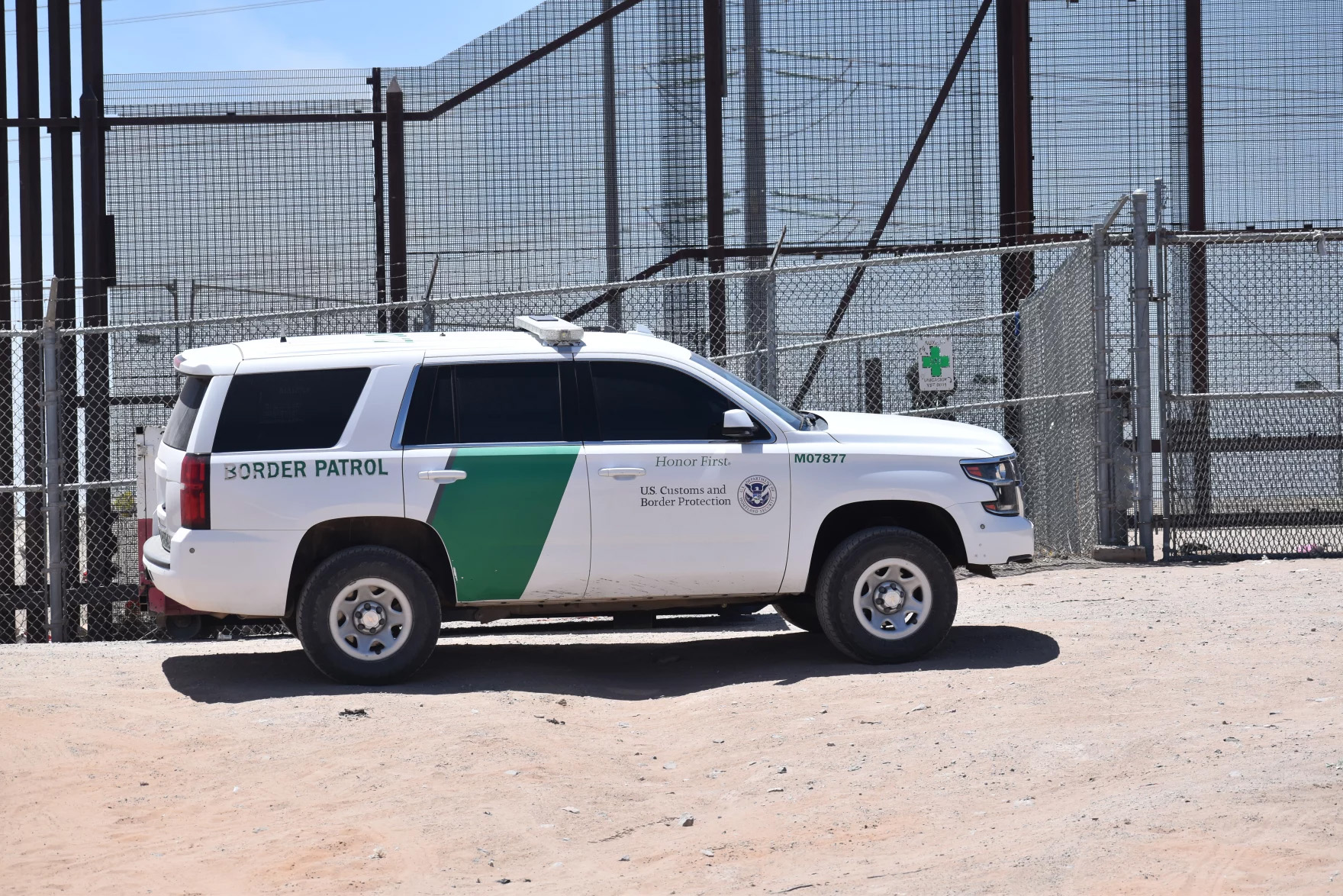The city of Denver sent two city employees to El Paso last week to deliver some news in person – the city is making changes to its immigration policy.
Specifically, Denver is shifting away from emergency sheltering and focusing on long-term housing and job training. Those services will be useful to asylum-seekers, but they’ll be available to far fewer people.
Desiree Mathurin is a neighborhood reporter for the Denverite and Colorado Public Radio, and she joined Texas Standard to discuss this issue. Listen to the interview above or read the transcript below.
This transcript has been edited lightly for clarity:
Texas Standard: What are the big differences between what Denver has been doing for asylum-seekers and what they will be doing after the policy changes?
Desiree Mathurin: So the big difference is what you mentioned – the city is moving away from emergency shelter and going to focus on long-term housing.
Prior to the change, long-term shelter included a three week stay for families or a two week stay for single people. And now that’s going back to the typical congregate shelter, which is about 24 to 72 hours. With the change, that means less people will be able to go into the shelter system. And if they do go into the shelter system, they’ll be quickly funneled out of the system.
So, like you said, fewer people will be able to enter the program. The program has a cap of about a thousand people, and most of the people will be those who are already in the shelter system, which is around 800 people. So there’s room for about 200 more. And then after that, people will have to go back into the congregate shelter, which I mentioned is a shorter stay.
Well, why did these folks from Denver think they needed to go to El Paso to deliver this news in person?
So city officials said the reason why they traveled to El Paso to give the news out to folks, mainly to nonprofit leaders, is just to inform folks of what they’re getting if they decide to come to Denver.
The goal of the trip, according to city officials, was to let people know, “hey, our policies are changing.” There is no longer emergency shelter, there are no longer extended stays at shelters. So if you arrive in Denver and there’s no space in the Denver Asylum Seeker Program, you will be put into a congregate shelter and that’s a shorter stay.
City officials said it wasn’t necessarily to deter folks from coming to Denver. It was just to be really open and upfront about what folks will be receiving once they arrive in the city.
People who you talk to, are they buying that? That this is not to deter people from coming? Or do they maybe see that as part of the motive?
So one nonprofit we spoke with in El Paso said this is something he’s been seeing frequently from bigger cities, especially in Chicago and New York. They’ll send people down to help coordinate. But he does see it as a method of discouraging people.
But ultimately, it’s not really going to discourage anyone from going where they want to go. I can quote him here. His name is Ruben Garcia, and he’s the founder and executive director of Annunciation House, which is one of the largest shelters in El Paso.
He said Denver is essentially saying to El Paso “in the beginning, we were doing everything in our power to be as helpful as possible. And now we feel that all the resources that we were able to marshal are spent, and we’re not sure how much we can offer you.” And he understands the tactic. But it’s not going to stop folks from going where they want to go.
Right. You mentioned New York and Chicago. Those are locations that we’ve heard a lot about – you know, Gov. Abbott, other governors busing immigrants to those cities. I haven’t heard as much about Denver. I’m curious, how many asylum-seekers end up there?
The city of Denver has supported about 41,000 migrants and they’ve spent more than $68 million on the effort. And that effort included, as I mentioned, the long-term sheltering, some work authorization visas and things like that.
So 41,000 newcomers have arrived in the city and Denver city officials are saying about half of them continue to call Denver home. So there are still around 20,000 new immigrants here. And, you know, they’re becoming Denverites themselves.
Do you get the sense that city officials believe that this is stretching resources unreasonably and that’s why this change had to be made?
So if the city continues to shelter folks the way they were with the long-term sheltering plan, it would have cost the city an additional $180 million in 2024. With this new change to focus on long-term housing and workforce training, the city is going to spend about $68 million. It’s a significant savings and that leaves the city to no longer have to do big budget cuts across the board.







